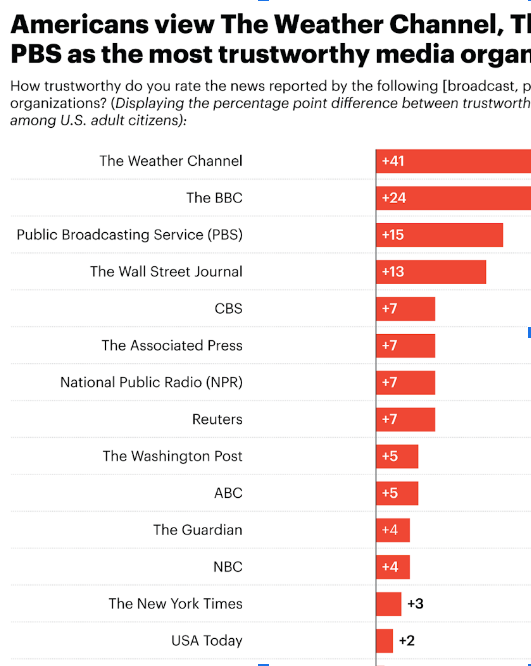India’s elites are obsessed with Western media that cuts across the (political) party and ideological lines. In a recent viral video clip on social media, Delhi C.M. Arvind Kejriwal appears to be bragging about a news item published in a US daily newspaper, the New York Times (NYT or Times). He says in Hindi that getting things published in the New York Times is difficult and is a big deal. Mr. Kejriwal also tweeted: “Delhi has made India proud. The Delhi model is on the front page of the biggest newspaper in the US.”
The news story in question appeared on the first page of the Times on Thursday, August 18, 2022. It serenades the Delhi Deputy C.M. and education minister, Mr. Manish Sisodia, and Mr. Kejriwal by proxy as a reformer in public education.
But the real story seems to be not the alleged “education reform” brought about by Mr. Sisodia. Instead, it is the purported credibility assigned to the report by its publication in the NYT. Beyond credibility, the disproportionate prestige given to the story simply for being published in the Times also drew much attention. The report filed by Karan Deep Singh, the Delhi-based NYT reporter, also claims that Mr. Kejriwal’s government has spent “billions of additional dollars” to overhaul Delhi schools. However, the budget for education in 2022 was Rs. 15,707 crores.
Mr. Kejriwal and his government are well-known for their outlandish media blitz. They have spent crores in public money on publicity for the government. According to RTI reports, the Kejriwal government had spent 150 crores on ads in the first quarter of 2021 alone.
Mr. Kejriwas is known for associating with “journalists” to advance his political agenda. The viral leak of his ‘krantikari’ (revolutionary) interview with journalist Punya Prasoon Bajpai sums up Mr. Kejriwal’s relationship with the media and journalists.
No one can deny that historically the New York Times has been one of the most influential and reputable newspapers of our time. Established in 1851, the NYT has amassed many accolades, awards, and recognitions, including 132 Pulitzer Prizes. Businesswise, it is one of the most successful media enterprises in an era where media houses are struggling to keep their home and books in order.
According to a YouGov survey, most Americans (52%) trust the Weather Channel – an organization not in the domain of politics – more than any other news channel. The BBC came second with 39%. The NYT ranks in the bottom part.

The anti-India and anti-Hindu bend of the NYT is well-known among most Indians, including in the diaspora. Author Ashley Rindsberg has researched the New York Times for his book The Gray Lady Winked: How the New York Times’s Misreporting, Distortions & Fabrications Radically Alter History. During his research, Rindsberg found NYT’s coverage of India “almost Orientalist… as if it’s a backward place characterized by nationalism, violence, sexual assault.”
Ramesh Rao, a professor of Communication Studies at Columbus State Univerity, has exposed NYT’s anti-India and ant-Hindu bias in a series of articles on Medium. Rao concludes that the newspaper and its editors seek to “impose their version of the truth and their ideas of India… by using specific tropes and metaphors to present Hindus, Hinduism, and Hindu concerns in a manner similar to what the British colonists did in their reports about India and its people.”
Beyond India, the NYT news coverage’s gross partisan nature has not escaped ordinary Americans’ eyes. Over the last couple of decades, going back to the war in Iraq under President George W Bush, where they sold the non-existent Weapons of Mass Destruction (WMD), the NYT has played a hyper-partisan role in American politics. It has also been a significant source of misinformation.
The NYT and the Washington Post jointly won the Pulitzer Prize in 2018 for their “deeply sourced, relentlessly reported coverage” that sought to delegitimize the election of Donald Trump to the US presidency. The stories of Russian collusion, the Steel dossier, the Russian bounty, etc., were all proven fake. “Over the last four years,” wrote (November 2020) the Pulitzer Award-winning independent journalist Glenn Greenwald on his Substack, “they [The New York Times, The Atlantic, NBC, and the New Yorker] devoted themselves to the ultimate deranged, mangled conspiracy theory: that the Kremlin had infiltrated the US and was clandestinely controlling the levers of American power through some combination of sexual and financial blackmail.”
In June 2020, the visceral partisan nature of the NYT newsroom was exposed when its staffers raised the banner of revolt when the paper allowed Tom Cotton, a serving Republican US senator, to write an op-ed. The opinion piece called for the US military to be deployed in US cities to combat violence and lawlessness. In a public display of dissent, several NYT journalists took to social media to vent their anger.
The NYT’s editorial page editor James Bennet had to step down in the aftermath of this internal revolt. The toxicity of the news & editorial room became so unbearable that Bari Weiss, a prominent NYT opinion columnist and editor, quit. In a letter sent to its publisher, Weiss alleged that the environment at NYT had become “illiberal,” and her colleagues were bullying her for her views. “Showing up for work as a centrist at an American newspaper,” she wrote in her resignation letter, “should not require bravery.”
The NYT and almost the entire US media establishment ran a campaign against the Hunter Biden laptop story broken by The New York Post, America’s oldest newspaper. They falsely called it “Russian Disinformation” just weeks before the 2020 US presidential elections. The Big Tech and social media companies blacked out this story completely.
Later in March 2022, the NYT quietly and without any apology accepted the laptop’s existence, noting an ongoing FBI criminal investigation into Hunter Biden’s international business and tax activities.
This censorship and collusion alone may already have changed the course of history.




















Comments